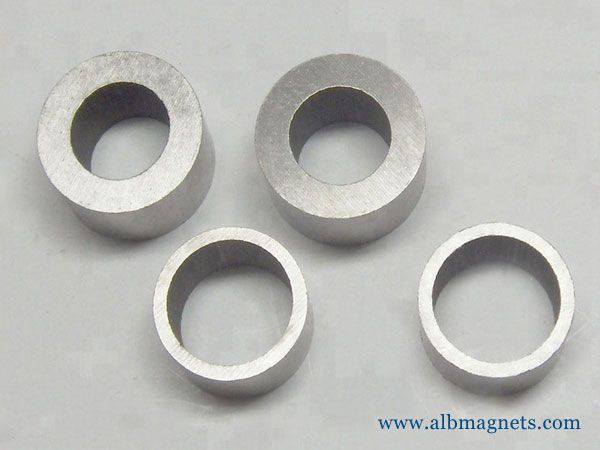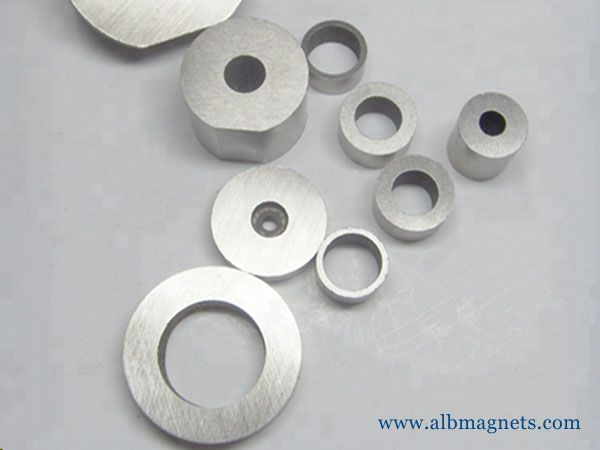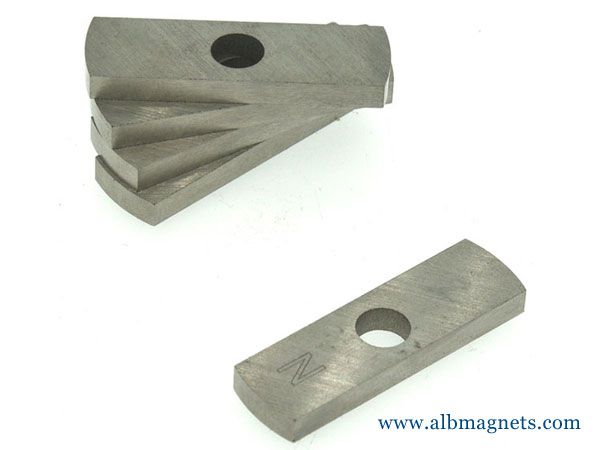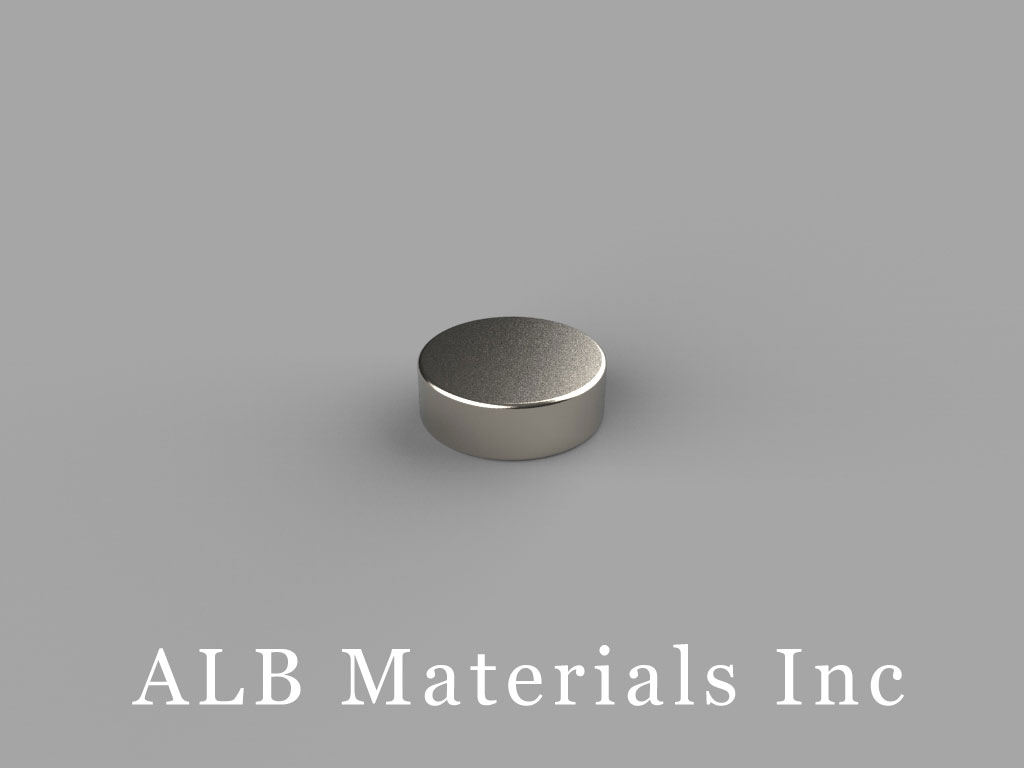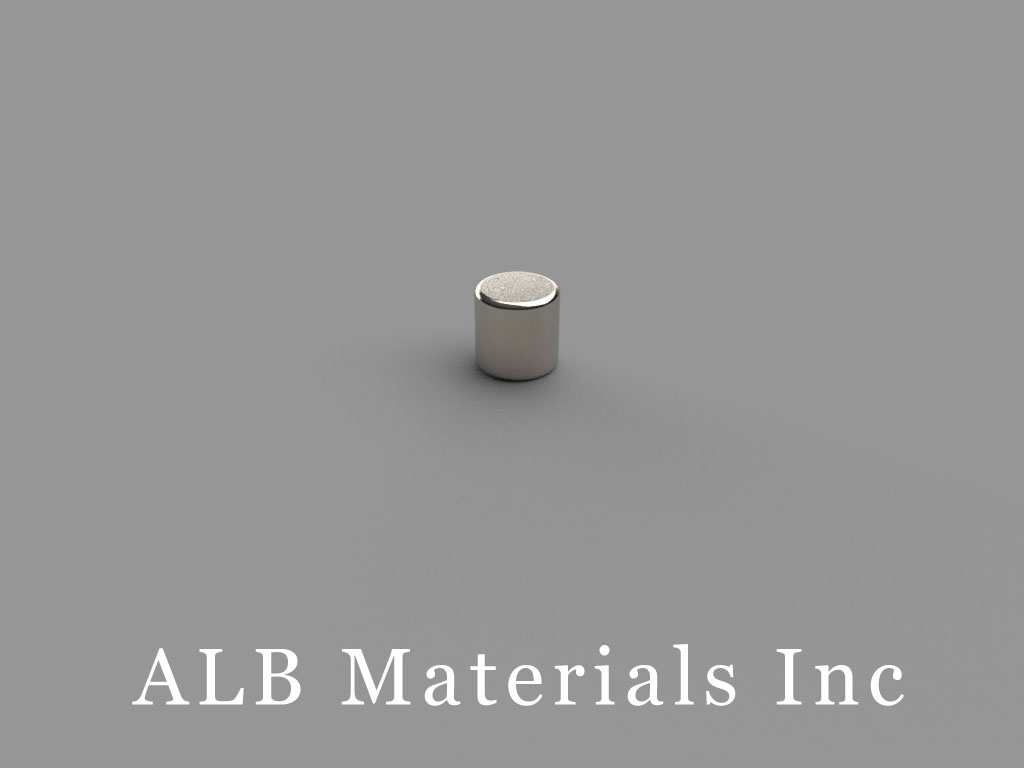401 Ryland St. Ste 200-A,
Reno, NV 89502
United States
E-mail: sales@albmaterials.com
- D4x8mm Neodymium Magnet, 4 x 8mm Cylinder Magnet
- DZ09 Neodymium Magnets, 3 inch dia. x 9/16 inch thick
- D3H1 Neodymium Magnets, 3/16 inch dia. x 1/10 inch thick
- D-D12.7H6.35/BL Neodymium Magnet, 12.7x6.35mm Disc Magnet
- DA2 Neodymium Magnets, 5/8 inch dia. x 1/8 inch thick
- DH24 Neodymium Magnets, 2/10 inch dia. x 1/4 inch thick
- DZX0X0-N52 Neodymium Magnets, 4 inch dia. x 1 inch thick
- B222 Neodymium Magnets, 1/8 inch x 1/8 inch x 1/8 inch thick
- R-OD24H2ID7-N35 Neodymium Magnet, OD24xID7x2mm Ring Magnet
- D8x4mm Neodymium Magnet, 8 x 4mm Disc Magnet
- B884DCS Neodymium Magnets, 1/2 inch x 1/2 inch x 1/4 inch thick w/ hole to accept a #6 screw
- DAZ0 Neodymium Magnets, 5/8 inch dia. x 3 inch thick
- B-W5H1L5-N50 Neodymium Magnet, 5x5x1mm Block Magnet
- D10x6mm Neodymium Magnet, 10 x 6mm Disc Magnet
- CB-W12H6L75D3.4/D6.4 Neodymium Magnet, 75x12x6mm with countersunk hole d3.4/6.4 Block Magnet
- BX028 Neodymium Magnets, 1 inch x 1/8 inch x 1/2 inch thick
What are AlNiCo Magnets?
What Is An Alnico Magnet & What Is It Used For?
Alnico was the strongest permanent magnet available until rare earth magnets were developed.
Learn more about these magnets, how they’re made, and what they’re used for here.
Before the development of rare earth magnets, alnico magnets ruled the magnet world.
While they are overshadowed and have largely been replaced by stronger rare earth magnets, alnico magnets are still commonly used in various industries for specific jobs such as high temperature handling equipment and manufacturing of sensors, to name a few.
What Is Alnico?
Excellent temperature stability, high residual induction, and relatively high energies.
Alnico is a combination of Al (aluminum), Ni (nickel), and Co (cobalt).
This development and introduction of Alnico meant that expensive electromagnets could be replaced with permanent magnets in essential devices like motors and generators.
Alnico magnets are permanent magnets that are primarily made of aluminum, nickel, and cobalt.
How Is Alnico Made?
Alnico magnets are manufactured through either casting or sintering processes.
Cast magnets are manufactured by pouring a molten metal alloy into a mold and then further processing it through various heat cycles.
The end product is a magnet with a dark gray exterior with a rough surface, but machined magnet surfaces have a shiny appearance.
Sintered magnets are manufactured by compacting fine Alnico powder in a press, and then sintering the compacted powder into a solid magnet.
Where Are Alnico Magnets Used?
Despite being overshadowed and largely replaced by rare earth magnets, Alnico still performs better than their successors in specific situations and therefore are still used for many applications which require high operating temperatures.
Alnico magnets are most commonly used in the following: Electric motors.
What Are Alnico Magnets
Alnico magnets are permanent magnets that are primarily made up of a combination of aluminum, nickel, and cobalt but can also include copper, iron, and titanium. Alnico magnets are available in either isotropic or anisotropic versions.
While alnico magnets have largely been replaced by stronger rare-earth magnets, alnico is still commonly used in the manufacturing of sensors, guitar pickups, relays, and high-temperature handling equipment.
Alnico magnets play a critical part in all electro-permanent magnetic chucks and lifting magnets.
Alnico has high magnetic strength and low resistance to being demagnetized and re-magnetized.
If coils of wire are wrapped around alnico magnets, they can be easily magnetized and demagnetized by electricity flowing through the coils.
One hundred tonnes per square meter clamping chucks can be switched on and off in 0.2 seconds because of alnico magnets.
IN THE BEGINNING
The earliest reference to magnets dates back more than 2,500 years when magnetic lodestones were discovered and used by the ancient Greeks, although earlier civilizations may also have used the naturally occurring magnetic stones.
The word magnet actually comes from the Greek word ‘Magnetic Lithos’ meaning ‘Magnesian Stone’ in reference to the area of now modern-day Turkey where the stones where found.
Did you know? The first magnetic material was discovered by the ancient Greeks over 2,500 years ago!
These lodestones were used as compasses by the world’s early navigators and explorers to locate the earth’s magnetic north and in 1600 William Gilbert published the first scientific study of magnetism called De Magento.
The first man-made magnets were not produced until the 18th century and these were typically made out of ferromagnetic metals such as iron.
Progress in creating stronger magnetic alloys was slow until the 1920s when an alloy of nickel, aluminum, and cobalt was produced and named Alnico, a combination of Al (aluminum), Ni (nickel) and Co (Cobalt).
The introduction of Alnico meant that expensive electromagnets could be replaced with permanent magnets in devices such as motors, generators, and loudspeakers.
During World War II Alnico magnets were used in military electronic applications.
Did you know?Before the introduction of rare-earth magnets, Alnico magnets were the strongest available.
Before the development of rare-earth magnets in the 1980s, alnico magnets were the strongest type of magnet available.
Today, alnico magnets have largely been replaced by stronger rare earth magnets such as neodymium magnets.
However, alnico magnets are still commonly used in the manufacturing of sensors, guitar pickups, loudspeakers and many other day to day household objects.
AL-NI-CO
Alnico magnets are permanent magnets that are primarily made up of a combination of aluminum, nickel, and cobalt but can also include copper, iron, and titanium.
alnico magnets are available in either isotropic or anisotropic versions.
The isotropic variety can be magnetised in any direction while anisotropic Alnico magnets can only be magnetised in one pre-defined direction and have a higher magnetic performance.
STRONGER THAN FERRITE
Alnico magnets are generally stronger than regular ferrite (ceramic) magnets, they are also electrically conductive unlike ceramic/ferrite magnets.
To their advantage, alnico magnets though still brittle are typically less brittle than most rare-earth magnets and produce a strong magnetic field.
They can also operate at the highest temperatures of any magnetic material, keeping their magnetism even when red hot! However they are more easily demagnetised than ceramic or rare-earth magnets.
Did you know?Alnico magnets can operate at unbelievably high temperatures, even when they are glowing red-hot!
At albmagnets.com we stock a small range of red epoxy painted high-quality alnico magnets in a range of different shapes and sizes and can custom manufacture any alnico magnet to order.
Standard & Custom Alnico Magnets | Alnico Magnet Materials
Alnico magnets were invented in the 1920s.
Composed of aluminum, nickel and cobalt alloys, alnico magnets are used today in high-temperature applications, in applications requiring low coercivities (the ability to demagnetize and re-magnetize easily), or in mass-produced instruments and legacy applications where the material has been designed.
On a cost per pound basis, this material is comparable to the cost of neodymium magnets.
However, in most applications, alnico is much less powerful than Neodymium magnets.
Alnico magnets are manufactured through either casting or sintering.
Cast magnets can be made in fairly complex shapes such as a 4-pole round horseshoe magnet.
ALB Magnetics designs and builds custom alnico magnets and technical magnetic assemblies, manufactured to meet your specialty requirements.
Send us a request for a quote or contact us today for more information about standard & custom alnico magnets.
Key Benefits of Alnico Magnet Material
Excellent temperature stability up to 1,000° F; 90% of room temperature magnetization is retained up to this temperature.
High residual induction: Alnico magnets can produce powerful fields in certain configurations.
Alnico material does not corrode.
Cast alnico magnets can be produced in relatively complex shapes.
Tooling for cast magnets is relatively low since sand molds are generally used for the casting process.
Key Challenges of Alnico Magnet Material
Alnico materials have low coercivities, so they are easily demagnetized.
They are relatively costly, as they contain both nickel and cobalt.
Cast alnicos often have casting pores and voids within them, which can be problematic from an aesthetic point of view, and because large voids may lower expected magnetic flux.
Quick Facts about Alnico Magnet Material
Density: 0.265 lbs.
per cubic inch
Saturation magnetizing field required: about 5kOe
Manufacturing methods: casting (most common), or sintering.
Available Shapes: blocks, bars, discs, rings, horseshoes, etc.
Available Grades: from about 0105 to 0519.
(First 2 digits represent BHmax, and the second two digits represent Intrinsic Coercivity or HCI).
Sizes: off tool, very large alnico magnets can be cast (horseshoe magnets weighing 500 lbs.); smaller magnets are usually sintered (sintered discs, 1/16" in diameter).
Caution!
Special care should be taken to ensure that these magnets are not subject to adverse repelling fields since these could partially de-magnetize the magnets.
If alnicos are partially de-magnetized however, they can be easily re-magnetized.
How to choose and buy a strong neodymium magnet? ALBMagnets is a professional company for strong magnet design and manufacturing,
providing you with reliable N35, N38, N42, N52, N42SH and other grade super neodymium magnets and SmCo rare earth magnets.




